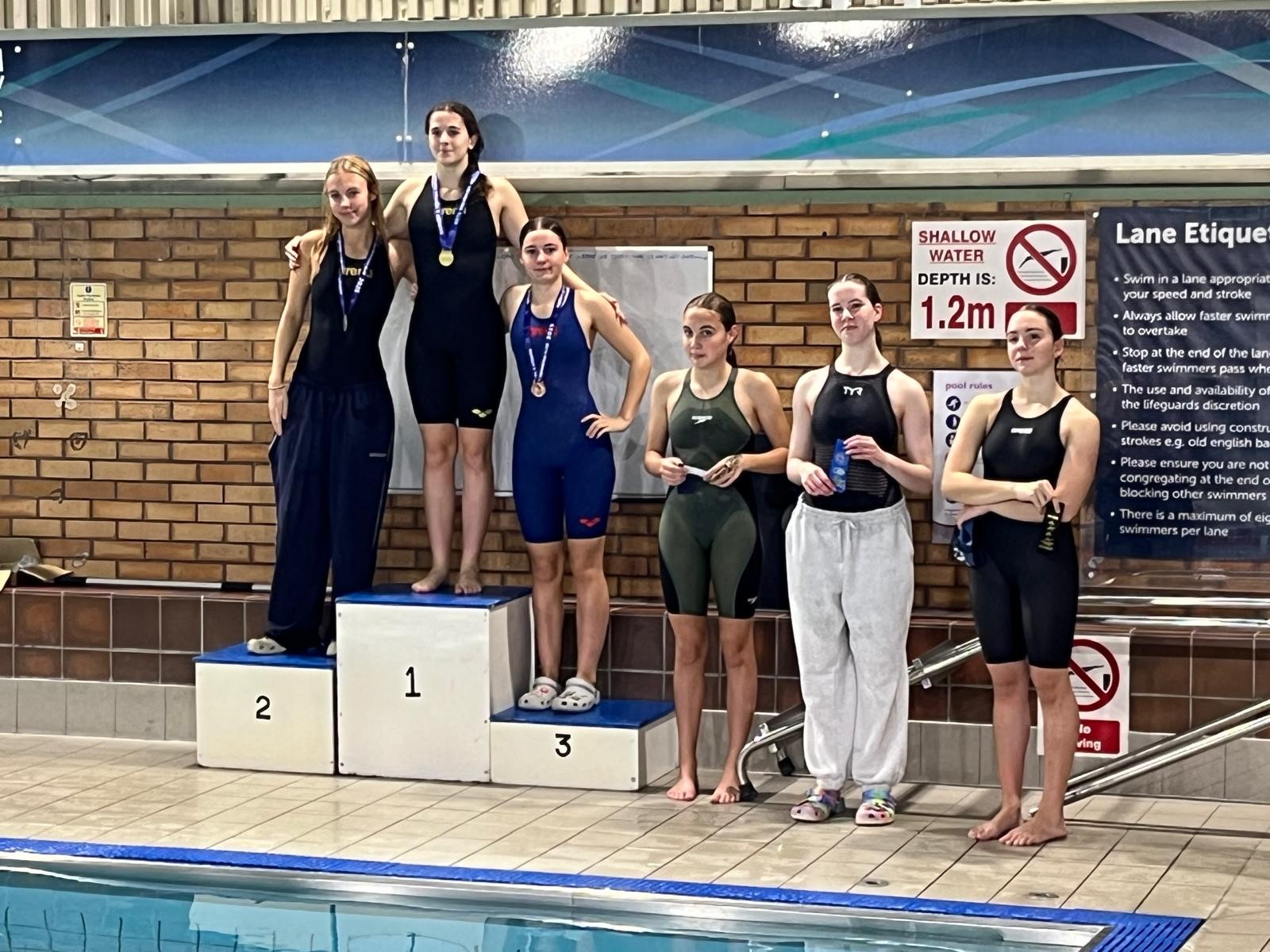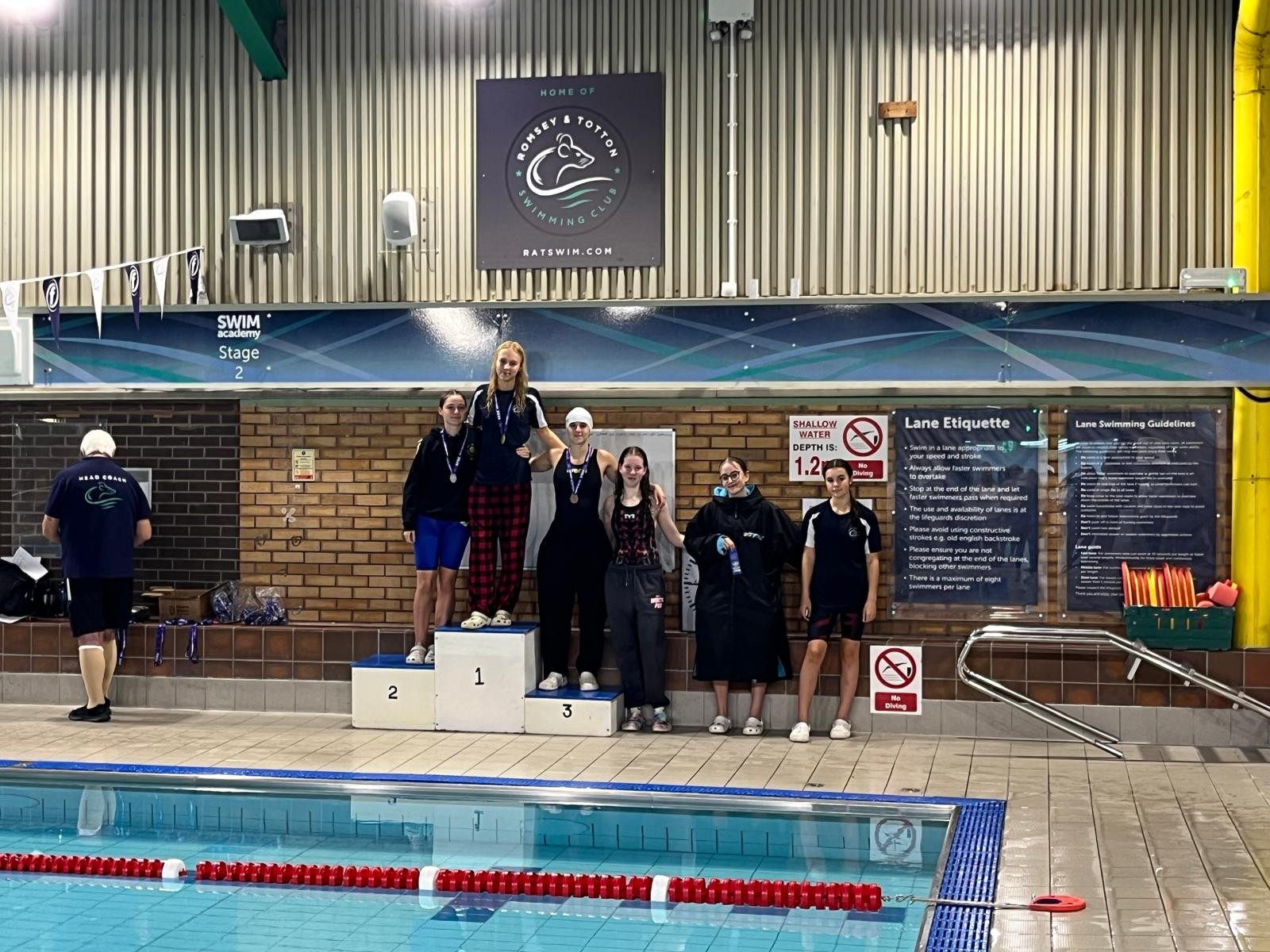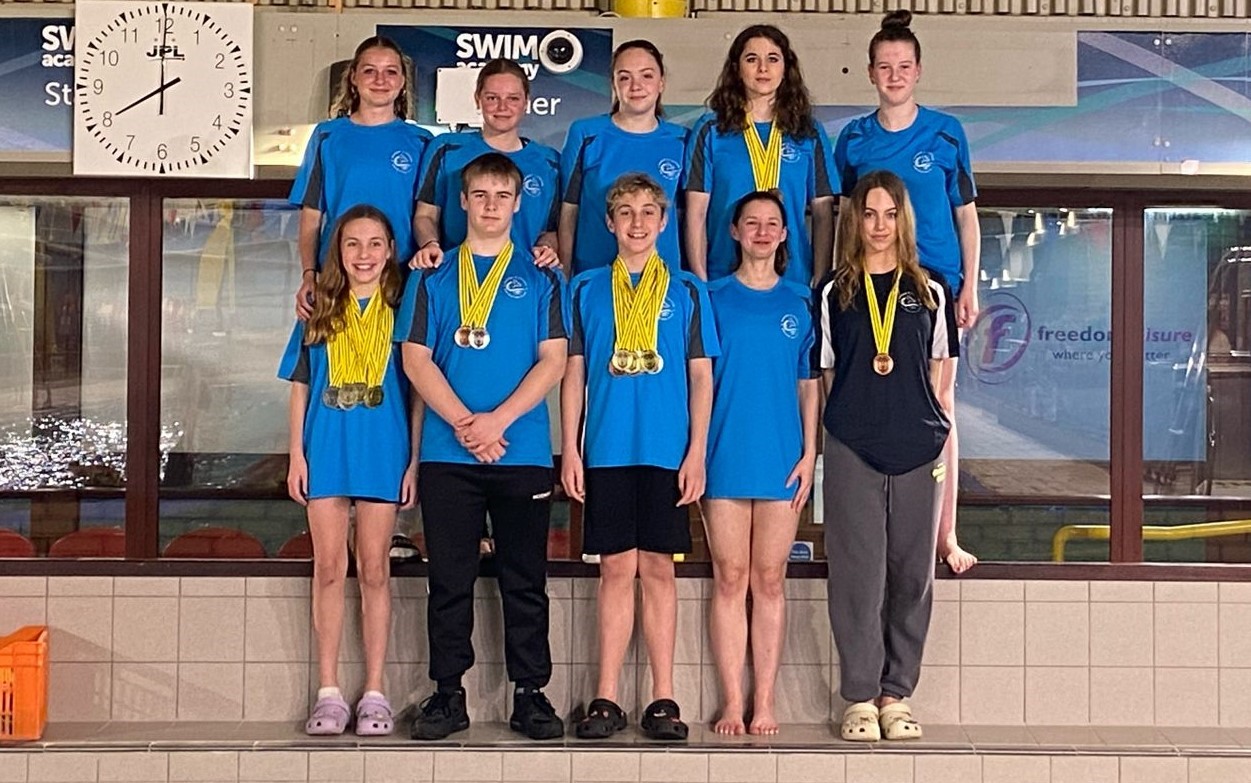
Aims
- Look at different levels of competitive swimming
- Differences between gala types
- What are the benefits for children taking part in competitions?
The benefits
Children from the age of 5 compare skills they have with others, and when they get to age 8 or 9 start to understand competitive play. The benefits of children taking part in competitions are:
- Children become competitive, as they refine and practise skills, and develop co-ordination and cognitive abilities
- Helps to develop healthy attitudes about winning and losing
- Children learn about their abilities and limitations
- Learn to participate in team events as well as an individual
- Learn about rules of sport
- Can encourage growth and push children to excel
The Swimming Competition Structure
- Unlicensed meets
- Licensed meets
- County Development Meet (June & July)
- County Championships (January)
- Regional Championships (November & May)
- National Championships (July & August)
Unlicensed Meets:
These are run by different swimming clubs and are open for other swimmers from different clubs to compete (i.e. Tony Weston. Novice League, Rother League, Minor League, Junior Cup).
Licensed Meets:
Level 4:
This level allows for the Swimmers times to be entered on the ASA National Rankings database and are accepted Entry times for the County Championships. Our Club Championships are a Level 4 Licensed Meet.
Level 3:
These galas are aimed at County standard Swimmers. The Swimmers times are entered on the ASA National Rankings database and are accepted Entry times for County & Regional Championships.
Level 2:
These galas are aimed at Regional standard Swimmers and are swum in 25m Pools. The Swimmers times are entered on the ASA National Rankings database and are accepted Entry times for County, Regional and National Championships.
Level 1:
These galas are aimed at Regional standard Swimmers and are swum in 50m Pools. The Swimmers times are entered on the ASA National Rankings database and are accepted Entry times for County, Regional and National Championships.
Competitive Swimming – County/Regional/National levels.
County Development – June/July
This level was introduced to give swimmers who are close to County standard the opportunity to achieve County qualifying times by competing against Swimmers of a similar standard. This is a Level 3 Licensed Meet.
Hampshire Championships – January
This standard ensures that the best swimmers in the county compete against each other. Entry to these Championships is subject to achieving qualifying times which are set each year.
Regional Championships – November(25m) & May(50m)
As above the best swimmers from the south east compete against each other, and have qualifying times which swimmers must achieve to be allowed to compete.
National Championships – July – August
This is where the top swimmers in the country come together to national honours.
If you have any query about what events to enter your child for please speak to the Head Coach.
At age group level we want the swimmers to have times in all strokes & distances. There will be a times in a swimmers life when they don’t particularly like a certain stroke or distance, but by working with the coach it is important to overcome this.
SWIMMING TERMINOLOGY
New to swimming? Or are you just not sure what something means, in either case hopefully you'll find what you're looking for on this list.
Pools
Longcourse Refers to any swimming pool 50m long, hence any longcourse championships will be held in a 50m pool
Shortcourse For a pool to be classed as shortcourse it must be either 25 yards or 25m long.
Races
| DQ | Disqualified. Your swim did not comply with the Rules |
| DNQ | Did Not Qualify. Found in results to indicate a swimmer did not progress from the heats to the final |
| DNS |
Did Not Start. This will sometimes appear next to a swimmers name in the results of an event which they had entered but either did not turn up for or withdrew from |
| DNF | Did Not Finish. Also found in the results, this indicates that a swimmer failed to finish the race |
| Heat | A preliminary round to determine which swimmers go on to the final. Swimmers will usually be put in entered time order, with the fastest swimmers going in the last heat |
| Splits | Time it takes to complete a given section of a race. For example, your 50m split on a 100m swim would be the time it took you to complete the first 50m of the race. Splits can be very helpful when planning how to pace an event |
| Individual Medley (IM) | Race in which a different stroke is swum for each 1/4 of the race. Usually either a 100m, 200m or 400m distance. Strokes are swum in butterfly, backstroke, breaststroke, freestyle order |
| Freestyle | An event in which any stroke can be used. Almost always swimmers use frontcrawl as it the quickest of the four strokes |
| Blocks | The same principle as starting blocks in a running race. Swimmers use these as a small platform from which to launch themselves into the water at the start of a race. |
| Training | |
| Taper | This is a technique used mainly to prepare for important meets. Started a few weeks before the event, the swimmer will decrease the amount of meters swum each session, while resting more and increasing the intensity of their sprints. |
| Kick-board | Floatation device used to support the upper body whilst working the legs only. Used on a 'kick' set, the board will usually be used with fins |
| Pull-buoy |
A small float that has been specially designed to fit comfortably between the legs, making the swimmer use their arms only. They come in many shapes and colours. |
| Paddles |
Worn on the hands (usually whilst using a Pull-buoy) these increase the surface area of the hands adding more resistance when pulling, helping to build up shoulder strength and power |
| Fins |
Most fins are made of natural rubber. Some are made of high-density, heat-treated polyurethane and will last forever. You can choose between short training fins or longer-size fins |
 Action packed few days at the pool this weekend for our swimmers. Well done to all those who took part.
Action packed few days at the pool this weekend for our swimmers. Well done to all those who took part. The first of six sessions started on Saturday 20 September!
The first of six sessions started on Saturday 20 September! AMAZING – huge congratulations to all that swam at the Hampshire County Championships. RATS had a total of 34 swimmers in the Freestyle and Medley Relays, each swimmer putting in a great effort to make the Club proud. We had 14 swimmers competing in individual events bringing home a total of: 9 Gold, 8 Silver and 8 Bronze medals. Of those 14 individuals, 86% achieved a PB – fantastic effort!
AMAZING – huge congratulations to all that swam at the Hampshire County Championships. RATS had a total of 34 swimmers in the Freestyle and Medley Relays, each swimmer putting in a great effort to make the Club proud. We had 14 swimmers competing in individual events bringing home a total of: 9 Gold, 8 Silver and 8 Bronze medals. Of those 14 individuals, 86% achieved a PB – fantastic effort!